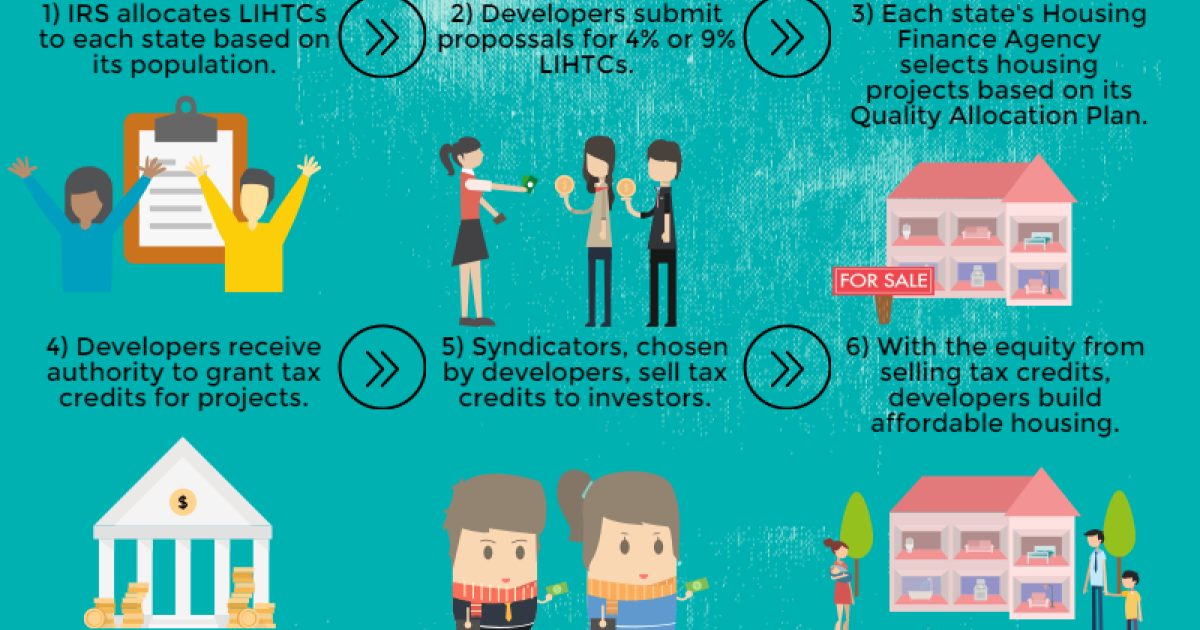Low-Income Housing Policy
The document titled “Low-Income Housing Policy” from the World Bank discusses the critical issue of housing affordability in Pakistan, examining the challenges faced by households and proposing a more nuanced approach to measuring affordability.
Introduction
The report emphasizes that housing affordability is not merely a financial issue but a fundamental aspect of social equity and human rights. It highlights the growing concern over the inability of many households to secure adequate housing due to rising costs and stagnant incomes. The authors argue for a comprehensive understanding of affordability that goes beyond traditional metrics.
Defining Housing Affordability
Traditional Metrics
Housing affordability is commonly assessed using straightforward metrics, such as the percentage of income spent on housing. Typically, it is suggested that households should spend no more than 30% of their income on housing costs. However, this simplistic approach fails to capture the complexities of individual circumstances and local economic conditions.
Residual Income Method (RIM)
The document introduces the Residual Income Method (RIM) as a more effective way to measure housing affordability. This method considers the income available for housing after accounting for essential non-housing expenses, such as food, healthcare, and education. Households that cannot afford housing after meeting these basic needs are classified as experiencing “shelter poverty.” This approach acknowledges that housing is often the largest expense for families and that its cost significantly impacts their overall financial health.
Key Findings
Economic Context
The report notes that Pakistan’s economic landscape has changed dramatically over the years, with urbanization and population growth driving demand for affordable housing. However, supply has not kept pace with this demand, leading to increased prices and a growing number of households facing affordability challenges.
Demographic Disparities
The document highlights that certain demographic groups are disproportionately affected by housing affordability issues. Low-income families, particularly those with informal employment or no stable income, struggle significantly more than higher-income households. Additionally, marginalized communities often face systemic barriers that limit their access to affordable housing options.
Regional Variations
There are significant regional disparities in housing affordability across Pakistan. Urban areas tend to have higher costs compared to rural regions, exacerbating the challenges faced by low-income families in cities where job opportunities may be more plentiful but so are living expenses.
Policy Recommendations
To address these pressing issues, the report proposes several policy interventions:
- Enhanced Data Collection: Improved data collection methods are essential for accurately assessing housing policy and affordability across different demographics and regions.
- Subsidies and Financial Assistance: The government should consider implementing targeted subsidies for low-income households to help them afford decent housing without compromising other essential needs.
- Zoning Reforms: Adjusting zoning laws can facilitate the development of diverse housing options that cater to various income levels, increasing overall supply.
- Community Engagement: Involving local communities in planning processes ensures that developments meet the actual needs of residents and fosters a sense of ownership among community members.
- Support for Informal Housing: Recognizing and formalizing informal housing arrangements can provide stability for many families currently living in precarious conditions.
Conclusion
The report concludes by reiterating the importance of addressing housing affordability as a critical component of social equity and economic stability in Pakistan. By adopting a more nuanced approach to measuring affordability—like the Residual Income Method—policymakers can better understand the challenges faced by different households and implement effective solutions tailored to their specific needs. The document calls for collaborative efforts among government agencies, non-profit organizations, and community members to create an inclusive framework that promotes access to affordable housing policy for all citizens.

Further reading:
World Bank Document documents1.worldbank
Affordable housing – Wikipedia en.wikipedia
